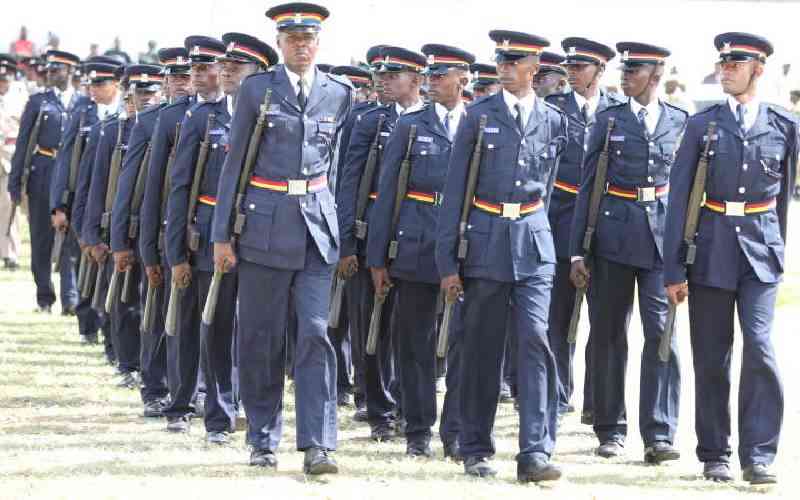Earlier last week, Kenyan security agencies announced that they had successfully foiled a plan by a group of medical interns to unleash a biological terror attack using anthrax bacteria as a weapon against Kenyans. The details made public are scanty. Other than the indication that the suspected terrorists have medical training, there is little to suggest whether or not they had access to the bacteria.
Or whether they had the capacity, facilities or specialised knowledge of growing the bacteria. Nor is it known how they planned to release the anthrax or who would have been their target. Anthrax can be stored as a powder made up of anthrax spores that can be spread through air and that is what makes it an attractive bioweapon for mass attacks.
The Kenya intelligence team has implemented the first critical step for preparing against bioterrorism - surveillance. Detection of a possible threat at the planning and preparation stage, long before the attack, is perhaps the best defence available against acts of bioterrorism.
In fact it may be the only strong defence against such threats. Once the pathogens have been isolated and released, it is almost always too late to stop the damage. In Kenya today we get screened for weapons in almost every building and mall we visit. But none of these “metal detector gadgets” currently in use will recognise biological agents such as anthrax.
As has been established in countries that have dealt with such threats such as the US, facilities that are authorised to work with bioweapon agents may be greatest source of risk for these pathogens “escaping”. This highlights the second criticalstep for the government. It must ensure every hospital, academic and research facility that handles dangerous pathogens is compliant with international biosafety and biosecurity requirements.
The third critical step is the one Kenya is least prepared for. We need a contingency plan in the event that we do suffer a bioterrorism attack. We have virtually no countermeasures in place. We lack sufficient vaccines and medicines that would be required to treat victims.
The health system is not set up to handle mass casualties of a biological attack. Other harmful microorganisms that can potentially be used as bioweapon include smallpox. So our best bet in stopping such attacks probably lies in a vigilant intelligent service that detects and responds to potential terrorists looking to use biological weapons.
 The Standard Group Plc is a
multi-media organization with investments in media platforms spanning newspaper
print operations, television, radio broadcasting, digital and online services. The
Standard Group is recognized as a leading multi-media house in Kenya with a key
influence in matters of national and international interest.
The Standard Group Plc is a
multi-media organization with investments in media platforms spanning newspaper
print operations, television, radio broadcasting, digital and online services. The
Standard Group is recognized as a leading multi-media house in Kenya with a key
influence in matters of national and international interest.
 The Standard Group Plc is a
multi-media organization with investments in media platforms spanning newspaper
print operations, television, radio broadcasting, digital and online services. The
Standard Group is recognized as a leading multi-media house in Kenya with a key
influence in matters of national and international interest.
The Standard Group Plc is a
multi-media organization with investments in media platforms spanning newspaper
print operations, television, radio broadcasting, digital and online services. The
Standard Group is recognized as a leading multi-media house in Kenya with a key
influence in matters of national and international interest.








